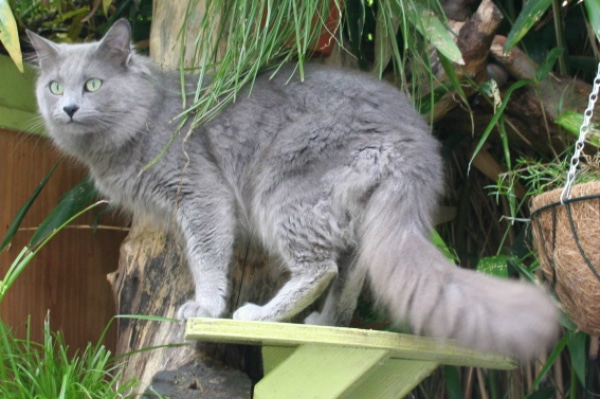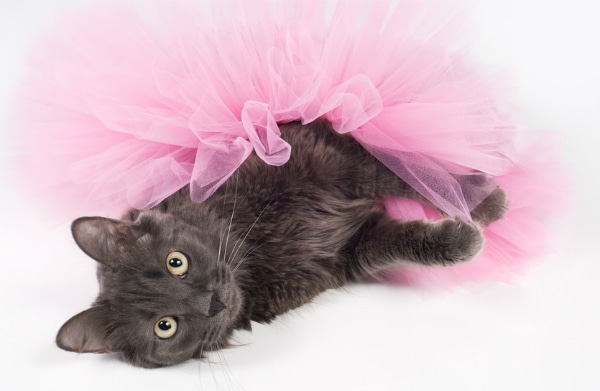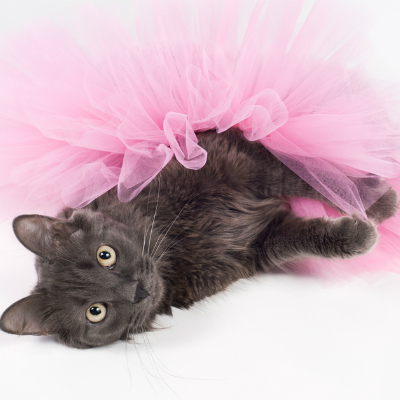A cat steps into the room. Her silver-tipped blue-gray coat glows in the light and gives her an otherworldly aura. Is this a creature from the faerie realm? No, this shy but loyal and intelligent cat is a member of a rare breed known as the Nebelung.

Origins
In 1984, Cora Cobb bred a black domestic shorthair cat with a cat that looked like a Russian Blue. From that litter came one kitten that looked like a long-haired version of the Russian Blue. Five months later, the same two cats were bred and a second cat with the same appearance was born. Those two cats bred true and formed the foundation litter of the breed. Two years later, Cobb applied to the International Cat Association (TICA) to give the Nebelung new-breed status. Russian Blues were approved for outcrosses, which greatly expanded the bloodline.
The Nebelung was accepted for TICA Championship status in 1997. Although the breed is not recognized by the Cat Fanciers Association (CFA), it is recognized by the American Cat Fanciers Association (ACFA), the World Cat Federation (WCF), Livre Officiel des Origines F├®lines (LOOF), and independent cat associations in the Netherlands, Belgium, and Germany.

Appearance
According to the International Cat Association’s breed guide, the Nebelung is a sturdy, medium-sized and long-bodied cat with medium length but very dense fur. Her wide-set eyes range in color from yellowish green to green, and her wedge-shaped head gives her a distinctly Oriental look. Her long tail has a thick plume.
Health and longevity
Nebelungs are known to be long-lived cats who are not prone to any breed-related illnesses.

What it’s like to live with a Nebelung
Once your Nebelung gets used to his new home and overcomes his natural shyness, you can expect a lifelong loyal friend. With a Nebelung, you’ll have a cuddle buddy who follows you from room to room and will be happy to spend time playing with his favorite “thing on a string” toy.
Nebelungs don’t like noisy, chaotic homes, and rambunctious kids and dogs will stress them out. If you have small children or a house full of people coming and going, you may want to wait until the kids get older before you bring one into your family. In order to keep your Nebelung’s coat shiny and mat-free, you’ll need to brush him at least three times a week. As with all grooming, the younger you get him used to it, the easier it will be to groom him as he gets older and bigger.
Nebelung trivia bits
- The name Nebelung comes from “nebel,” the German word for mist or fog.
- The foundation Nebelung cats were named Siegfried and Brunhilde as a nod to the Nibelungenlied, the Germanic saga after which the breed takes its name.
- The Nebelung is intended to resemble the idealized version of long-haired gray-blue cats who came to Western Europe, supposedly from Russia, in the early 19th century.
- It takes two years for the Nebelung’s coat to reach its full length and color.

Do you have a Nebelung? What is it like to live with her? Please share your thoughts and Nebelung photos in the comments.
Learn more about your cat with Catster:








